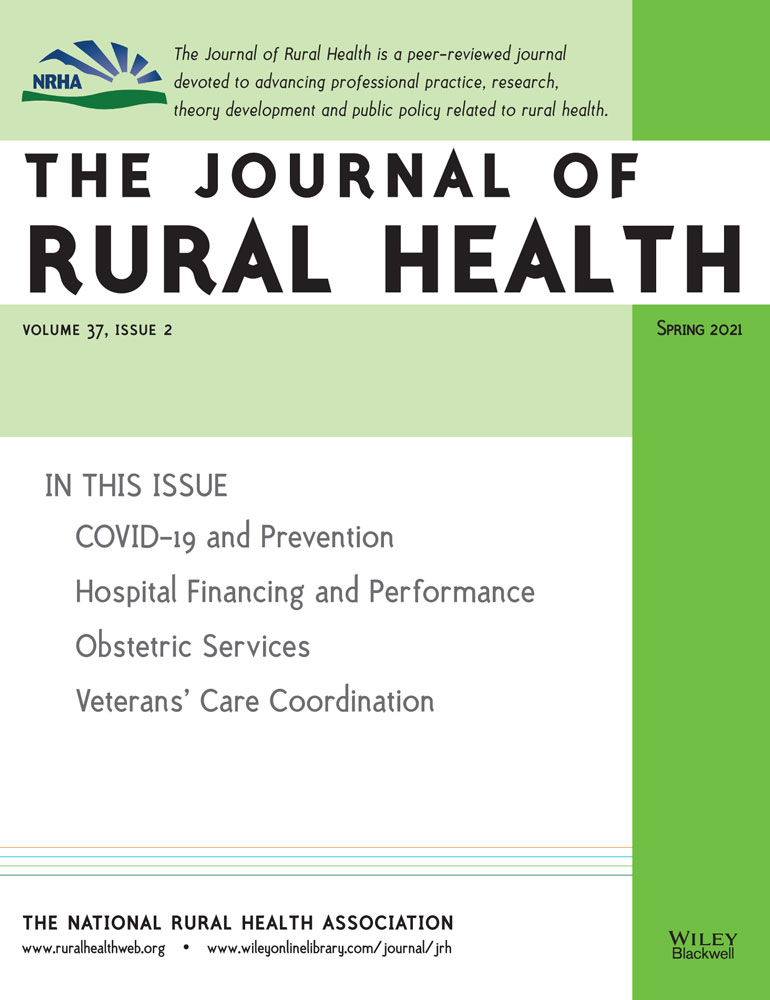Interstates of Infection: Preliminary Investigations of Human Mobility Patterns in the COVID-19 Pandemic
Acknowledgments: We would like to thank Julia Wolf, MA, for her feedback on an earlier draft. We would also like to thank Maarten Loopmans, PhD, for his assistance with the mapping program.
Abstract
Purpose
The COVID-19 pandemic has illuminated various heterogeneities between urban and rural environments in public health. The SARS-CoV-2 virus initially spread into the United States from international ports of entry and into urban population centers, like New York City. Over the course of the pandemic, cases emerged in more rural areas, implicating issues of transportation and mobility. Additionally, many rural areas developed into national hotspots of prevalence and transmission. Our aim was to investigate the preliminary impacts of road travel on the spread of COVID-19. This investigation has implications for future public health mitigation efforts and travel restrictions in the United States.
Methods
County-level COVID-19 data were analyzed for spatiotemporal patterns in time-to-event distributions using animated choropleth maps. Data were obtained from The New York Times and the Bureau of the Census. The arrival event was estimated by examining the number of days between the first reported national case (January 21, 2020) and the date that each county attained a given prevalence rate. Of the 3108 coterminous US counties, 2887 were included in the analyses. Data reflect cases accumulated between January 21, 2020, and May 17, 2020.
Findings
Animations revealed that COVID-19 was transmitted along the path of interstates. Quantitative results indicated rural–urban differences in the estimated arrival time of COVID-19. Counties that are intersected by interstates had an earlier arrival than non-intersected counties. The arrival time difference was the greatest in the most rural counties and implicates road travel as a factor of transmission into rural communities.
Conclusion
Human mobility via road travel introduced COVID-19 into more rural communities. Interstate travel restrictions and road travel restrictions would have supported stronger mitigation efforts during the earlier stages of the COVID-19 pandemic and reduced transmission via network contact.




